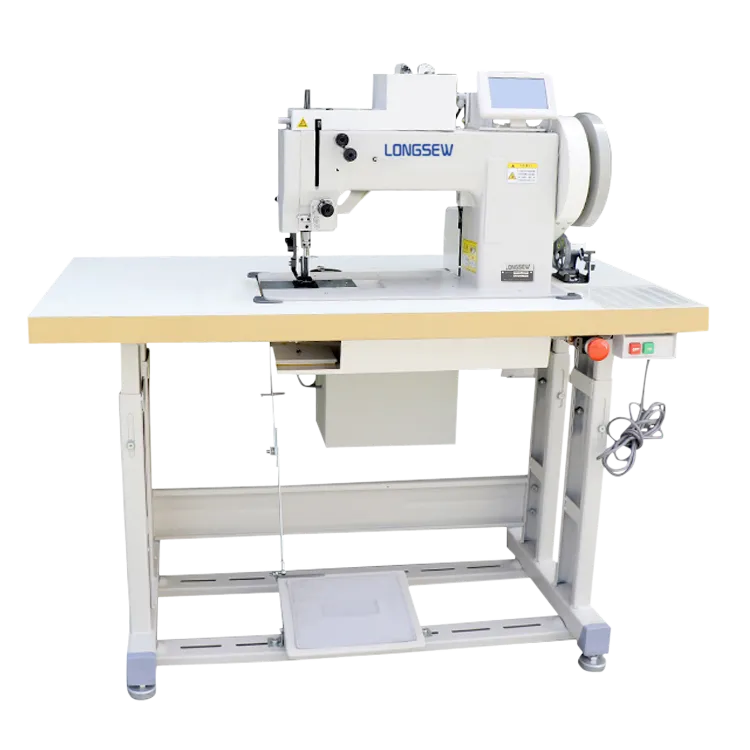Exploring the Versatility and Benefits of Using Twin Needle Sewing Techniques for Creative Projects
The Art and Functionality of Twin Needle Sewing
Sewing has long been a cherished craft, allowing enthusiasts to create everything from simple repairs to intricate garments. Among the many tools available to sewists, the twin needle stands out for its unique ability to enhance both the aesthetic and functionality of sewn projects. This specialized needle, which features two needles attached to a single shaft, opens up a world of creative possibilities.
What is a Twin Needle?
A twin needle consists of two needle points that are spaced apart by a specific distance, usually ranging from 1.6mm to 4mm. This spacing allows for two parallel lines of stitching to be made simultaneously. The twin needle is typically used with a standard sewing machine, but it requires a machine that is compatible with it. The two needles are threaded with one spool of thread that is split between both needles, producing two lines of stitching on the fabric while a single line of thread acts as the bobbin stitch underneath.
Applications of Twin Needles
One of the primary applications of twin needles is in hemming knit fabrics. The twin needle creates a professional-looking finish that mimics the look of coverstitch machines, which are used in the professional garment industry. This technique provides stretch and elasticity to the hem, which is essential for knit fabrics that need to maintain their shape. When sewing, the twin needle stitches down the hem while simultaneously allowing the fabric to stretch, making it an ideal choice for T-shirts, leggings, and other fitted wearables.
Moreover, twin needles can be used for decorative purposes
. Using colored threads or multiple threads can create a lovely, textured effect that elevates the overall appearance of a garment. Quilters also find the twin needle beneficial for creating intricate patterns on quilts, adding a touch of flair without compromising the integrity of the quilt’s layers.twin needle

Choosing the Right Twin Needle
When selecting a twin needle, it is crucial to consider factors such as needle size and spacing. The size of the needle should correspond with the weight of the fabric; for example, finer fabrics require smaller needles, while heavier fabrics may need larger sizes. Additionally, the distance between the two needles can impact the look of the stitching. A wider spacing may create more pronounced parallel lines, while a narrower spacing allows for tighter stitching, creating a subtle yet effective finish.
Tips for Successful Twin Needle Sewing
To achieve the best results when using a twin needle, there are a few best practices to keep in mind. Firstly, ensure your sewing machine is set up correctly, including threading the twin needle properly. Always use a compatible sewing machine foot that allows for the twin needles to glide smoothly. Adjustable tension settings may also need to be modified to accommodate the two threads, ensuring consistent results.
Lastly, take your time and practice on scrap fabric before moving on to the final project. This will help build confidence and familiarity with the unique stitching technique that the twin needle offers.
Conclusion
The twin needle is a powerful tool in the sewist’s arsenal, enabling the creation of beautiful, functional designs. From professional-quality hems on knitwear to stunning decorative features, the twin needle enhances not only the performance of sewing machines but also the creativity of those who wield them. Embracing this versatile needle can significantly elevate sewing projects, making it an essential technique for both amateur and experienced sewists alike. Whether you’re looking to refine your craft or experiment with new designs, the twin needle is sure to inspire and impress.
-
Leather Sewing Machine: The Industrial Standard for Tough MaterialsNewsJul.18,2025
-
Sail Making Machine: Heavy-Duty Stitching for Industrial and Marine NeedsNewsJul.18,2025
-
Sling Sewing Machine: The Backbone of Heavy-Duty FabricationNewsJul.18,2025
-
Leather Sewing Machine: Precision for Heavy-Duty StitchingNewsJul.18,2025
-
Big Bag Sewing Machine: Powering the Future of Bulk PackagingNewsJul.18,2025
-
FIBC Sewing Machine: Essential Equipment for Bulk Bag ProductionNewsJul.18,2025
-
Heavy Duty Leather Sewing Machine: A Must-Have for Professional LeatherworkNewsMay.28,2025





























